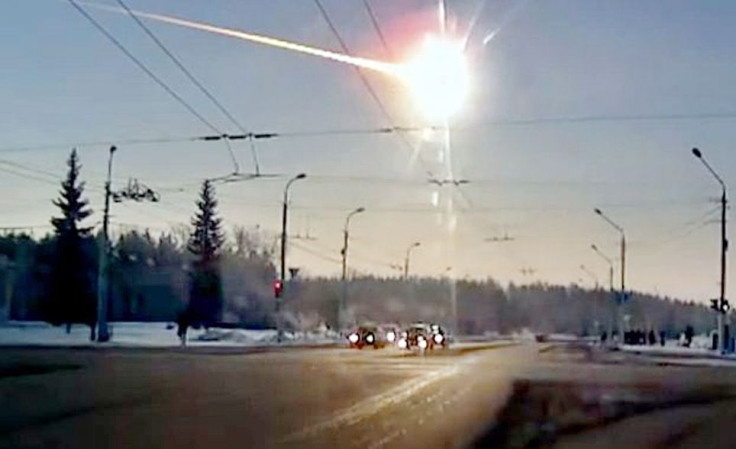Planetary Defense Must Take Priority, NASA Chief Says

NASA Administrator Jim Bridenstine renewed warnings that the dangers from meteors striking the Earth are frighteningly real and bemoaned the fact planetary defense isn’t getting the resources it needs.
Speaking at the ongoing the Planetary Defense Conference in Washington D.C., Bridenstine said that the risks posed by meteor impacts aren’t being taken seriously.
“This is not about Hollywood, this is not about movies, this is about ultimately protecting the only planet we know right now to host life,” he said.
Bridenstine pointed out a single meteor 140 meters in diameter can destroy an entire U.S. state or any European country. Scientific modelling shows that a major meteor impact such as the 2013 event at Chelyabinsk, Russia is expected to occur once every 60 years.
Bridenstine pointed out that destructive meteorites have smashed into the Earth three times in the last century. He wants more international partners to help NASA improve the detection of potentially damaging Near Earth Objects or NEOs.
He reminded his audience the meteor that exploded over Chelyabinsk had 30 times the energy of the atomic bomb at Hiroshima and injured around 1,500 people. Just 16 hours after the mid-air explosion of this asteroid, NASA detected an even larger object that approached the Earth but missed.
Bridenstine said the Chelyabinsk meteor was brighter in the sky than the Sun at the point when it entered the Earth's atmosphere. And people could feel the heat from this blast from 62 kilometers away.
When it finally exploded 18 miles above the surface, the meteor had 30 times the energy of the atomic bomb at Hiroshima. This NEO damaged more than 4,000 buildings in six cities.
“I wish I could tell you that these events are exceptionally unique, but they are not,” Bridenstine said. “These events are not rare -- they happen. It’s up to us to make sure that we are characterizing, detecting, tracking all of the near-earth objects that could be a threat to the world.”
He said the White House in 2018 published an action plan requiring NASA to detect, track and characterize 90 perceent of NEOs measuring 140 meters (460 feet) in diameter. Bridenstine admitted during the conference that NASA had a long way to go to meet that goal.
“We’re only about a third of the way there,” he said. “We want more international partners that can join us in this effort.

“We want more systems on the face of the earth that can detect and track these objects, and we want to be able to feed all of that data into one single operating system so that ultimately, we have the best, most accurate data that we can possibly get.”
Bridenstine warned that failing to invest in planetary defense will have catastrophic consequences.
”(At 140 meters) it’s big enough to destroy a state in the United States of America,” he said. “It’s big enough to destroy an entire European country.”
“We know for a fact that the dinosaurs did not have a space program,” he added. “But we do, and we need to use it.”
Published by Medicaldaily.com



























